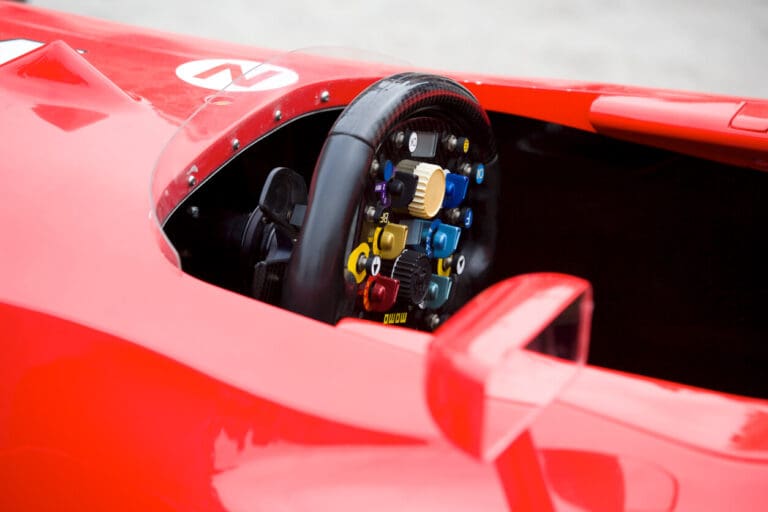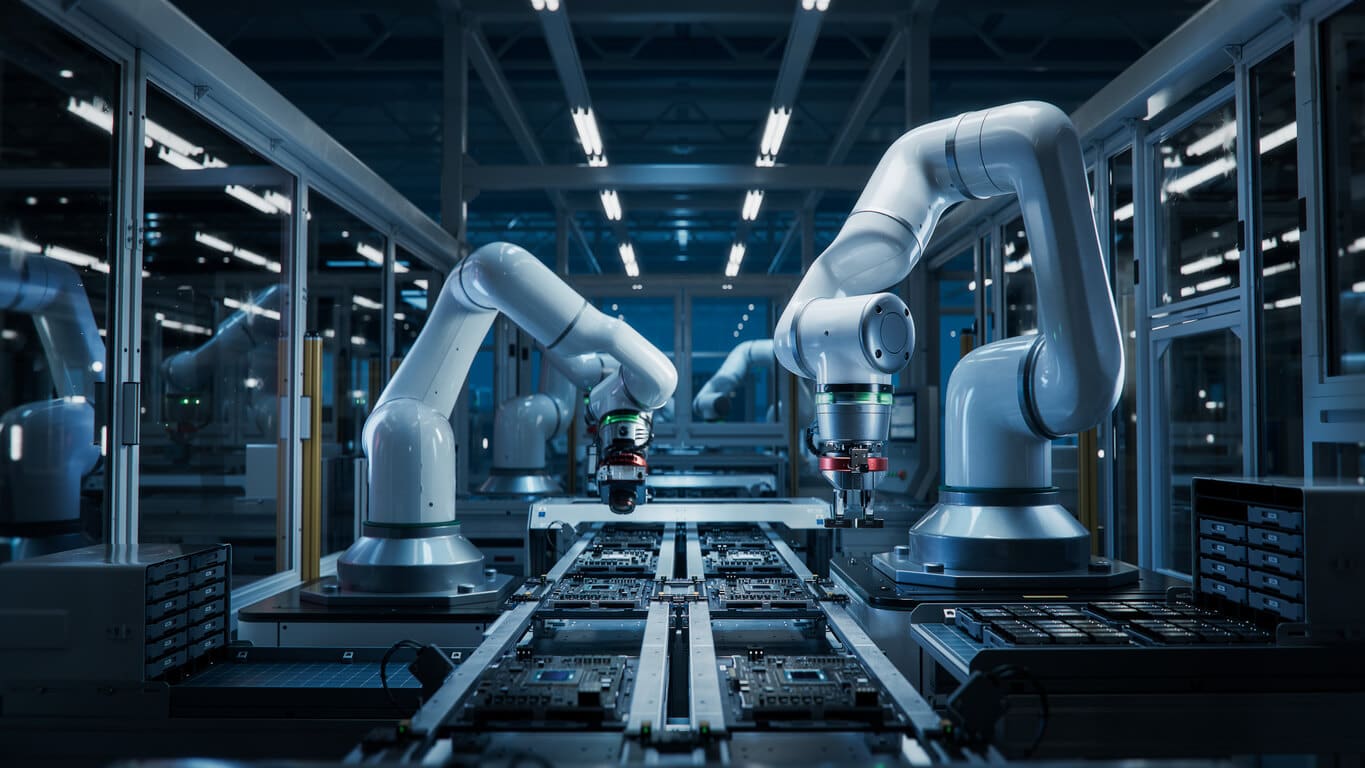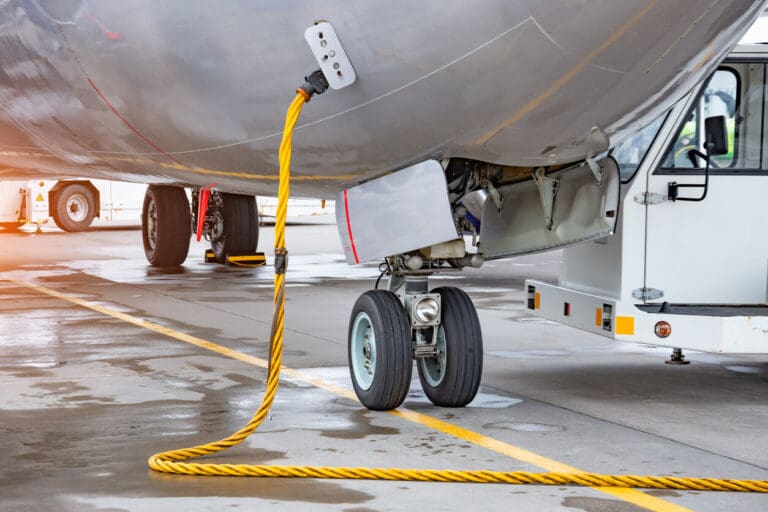
Are Motorsport Cables the Hidden Upgrade Behind Faster Lap Times?
Motorsport teams chase marginal gains in every area of the car, yet many still treat...
Read More
Across factory automation and aerospace projects, even a single cable failure can bring production to a halt. Missed delivery schedules, emergency repairs, and reputational pressure follow fast. Engineers and procurement teams don’t just need components that work they need ones they can count on, shift after shift. Choosing an unsuitable harnesses cable can cause equipment failure and put critical contracts at risk.
Off-the-shelf cables do not suit high-movement environments. Repetitive motion creates several risks:
Neglecting cable choice often leads to avoidable repairs, wasted time, and increased cost. Custom harnesses cable solutions address them from the outset.
When selecting cabling for a robotic application, start by identifying the key movement areas. Ask:
Answering these questions helps you specify the right harness design early in the process. GEM Cable Solutions works directly with engineering teams to design cabling that matches the real-world use case, not just the datasheet.
What makes a good robotic harness? Start with these fundamentals:
GEM Cable Solutions includes these elements in every design after assessing each project’s specific motion profile and installation environment.
Custom-engineered harnesses cable delivers measurable benefits:
These aren’t abstract benefits. They translate directly into output, predictability, and lower total cost of ownership.
In robotics, field performance matters more than theory. Poor harnesses lead to downtime, missed targets, and rising maintenance costs often when operations can least afford them. GEM’s clients work in high-pressure industries, where a single unexpected cable failure can disrupt production or compromise safety.
That’s why our focus isn’t just on meeting technical specs. It’s on delivering results that stand up to real-world conditions: fast accelerations, tight bend radii, frequent washdowns, and electromagnetic noise. We design for the motions, environments, and risks you deal with daily, so your systems keep moving.
You’ll find high-movement robotics wherever precision and uptime matter:
GEM Cable Solutions supplies industry-specific harnesses cable that meets both regulatory and field performance demands.
It needs to handle constant motion, resist abrasion, and maintain signal integrity. Shielding and bend radius tolerance are also key.
No. Standard cables typically can’t handle repeated movement or demanding conditions.
That depends on your environment and workload. High-quality harnesses can reduce the need for frequent inspections.
Engineering teams should evaluate:
At GEM, we support you from the design table to deployment. Our team builds harnesses to fit your system’s mechanical motion, electrical load, and environmental risks.
To see how GEM supports real-world automation projects, visit our harnesses cable page. We offer design-through-delivery solutions you can build around.
GEM Cable Solutions designs and manufactures harnesses cable for demanding robotics environments. Our engineers collaborate directly with clients to develop assemblies that withstand repetitive motion and deliver performance where it matters.
We offer:
When your robotics system depends on continuous motion and consistent data flow, don’t compromise on cabling. GEM builds harnesses that hold up.
Need high-performance harnesses for your robotics project? Contact GEM Cable Solutions to speak with our team.

Motorsport teams chase marginal gains in every area of the car, yet many still treat...
Read More
The wiring harness is a high-risk single point of failure in any complex system. If...
Read More
The wiring harness is the highest risk, lowest profile element in flight-critical infrastructure. When your...
Read MoreReady to talk cables, fibre or full network solutions? Get in touch with our team today, we’re here to help.